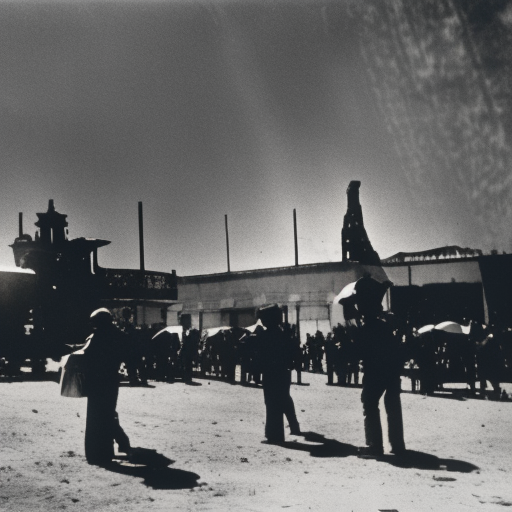Summary:
The Second French intervention in Mexico was a military campaign launched by France in 1861 to establish a French-backed monarchy in Mexico. The intervention was part of France’s larger goal to expand its influence in the Americas and to secure Mexican debts. Despite initial success, the French faced strong resistance from Mexican forces and ultimately withdrew in 1867.
Background:
After gaining independence from Spain in 1821, Mexico experienced political instability and economic challenges. In 1861, Mexican President Benito Juárez declared a two-year moratorium on foreign debt payments, which angered European creditors, particularly France. France, under the leadership of Napoleon III, saw an opportunity to establish a foothold in Mexico and to support conservative forces that opposed Juárez’s liberal government.
The French Intervention:
In December 1861, French forces landed in Mexico and quickly captured the port city of Veracruz. They advanced towards Mexico City, facing minimal resistance from Mexican troops. In 1863, the French installed Archduke Maximilian of Austria as Emperor of Mexico, creating the Second Mexican Empire. However, the new regime faced widespread opposition from Mexican nationalists who remained loyal to President Juárez.
Resistance and the Battle of Puebla:
Despite initial successes, the French faced increasing resistance from Mexican forces. In 1862, Mexican troops under the command of General Ignacio Zaragoza successfully defended the city of Puebla against a larger French army in the Battle of Puebla. This victory, celebrated as Cinco de Mayo, boosted Mexican morale and slowed the French advance.
Continued Resistance and International Support:
President Juárez and his government, operating from the northern city of Chihuahua, continued to resist the French occupation. They received support from the United States, which was concerned about French expansion in the region. The US provided diplomatic and logistical assistance to the Mexican government, although it did not directly intervene militarily.
Decline of the Second Mexican Empire:
As the French occupation continued, support for the Second Mexican Empire waned. Maximilian faced difficulties in establishing a stable government and failed to gain widespread support from the Mexican population. In 1865, the United States, having resolved its own internal conflicts, increased pressure on France to withdraw its troops from Mexico.
French Withdrawal and Execution of Maximilian:
In 1866, the French began to withdraw their forces from Mexico. As French troops departed, Mexican forces under the command of General Porfirio Díaz launched a successful campaign to retake control of the country. Maximilian, abandoned by his French supporters, was captured and executed by firing squad in June 1867.
Legacy:
The Second French intervention in Mexico had a lasting impact on Mexican history. It reinforced Mexican nationalism and strengthened the presidency of Benito Juárez. The intervention also strained relations between Mexico and France for many years. Additionally, the Battle of Puebla, commemorated as Cinco de Mayo, remains an important symbol of Mexican resistance to foreign intervention.












